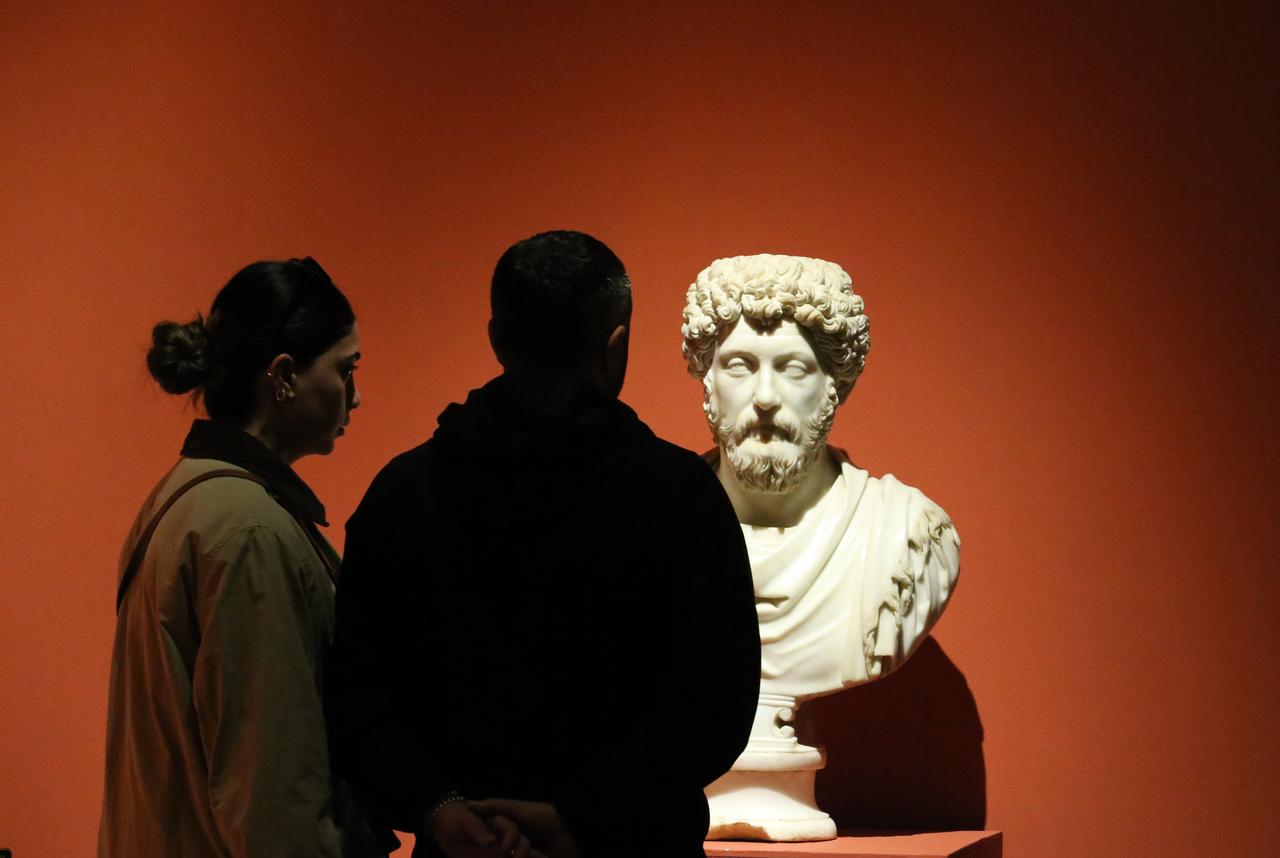
The Ephesus Museum, located in Selcuk in Türkiye’s Izmir province, offers visitors a breathtaking journey through time—from the Mycenaean civilization dating back to 1,600 B.C. to the Ottoman era—through more than 4,000 artefacts.
Managed by the Ministry of Culture and Tourism, the museum presents its priceless collection in thematic galleries. Many of the objects on display were unearthed during excavations in Ephesus and surrounding ancient cities.
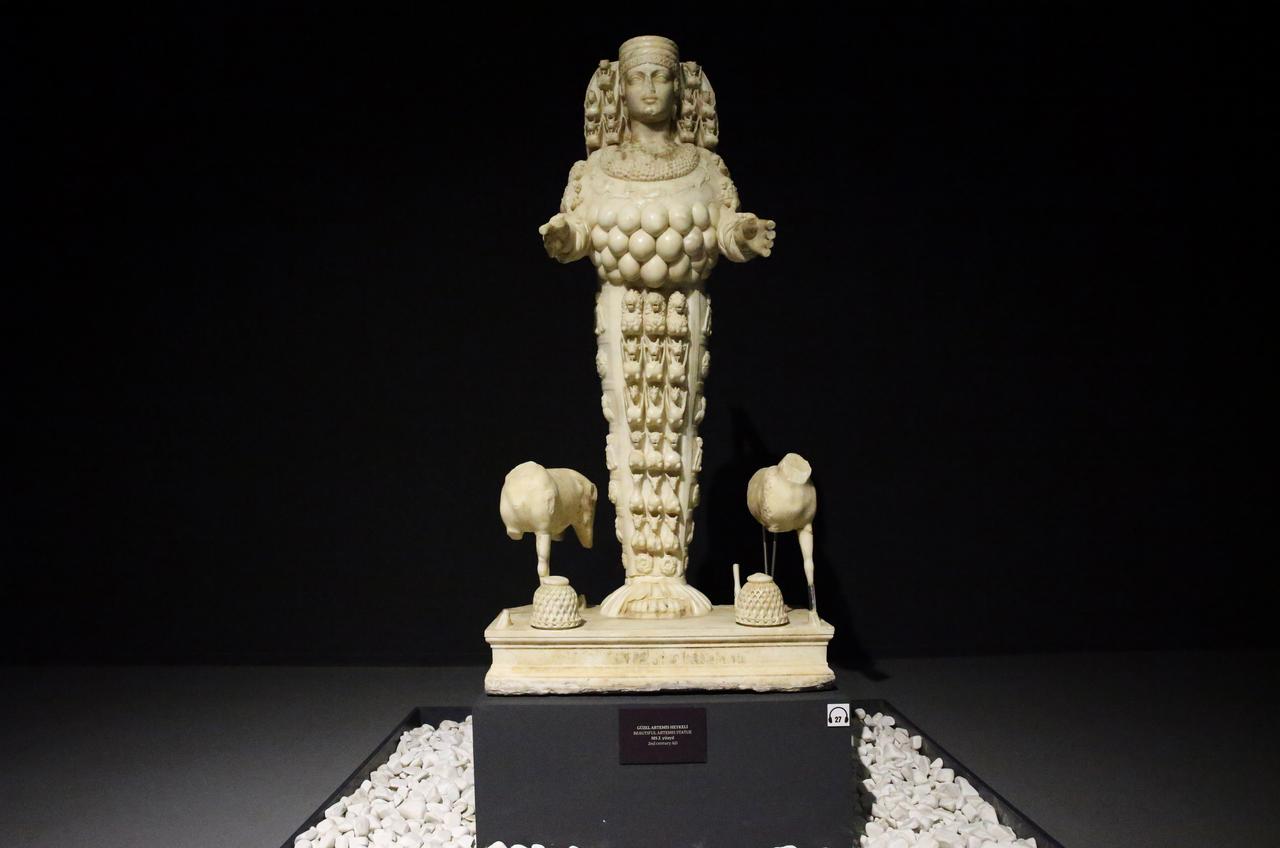
Among the museum’s most iconic pieces are the statues of Ephesus Artemis, which stand out for their profound cultural and artistic significance. Unlike the Greek version of the goddess Artemis, the Ephesus Artemis bears traits of the Anatolian mother goddess Kybele and symbolises fertility and abundance.
“Museum visitors are often overwhelmed with admiration when they see these statues,” said Museum Director Murat Kaleagasioglu. “The Great Artemis statue features a ‘Polos’ crown adorned with symbols of fertility, while her skirt is decorated with bees, a powerful symbol of Ephesus. The Beautiful Artemis statue includes zodiac motifs and deer, further enriching the mythology.”
Both statues were discovered in 1954 during excavations at the Prytaneion—a public building similar to today’s town halls—and have remained a focal point of the museum ever since.
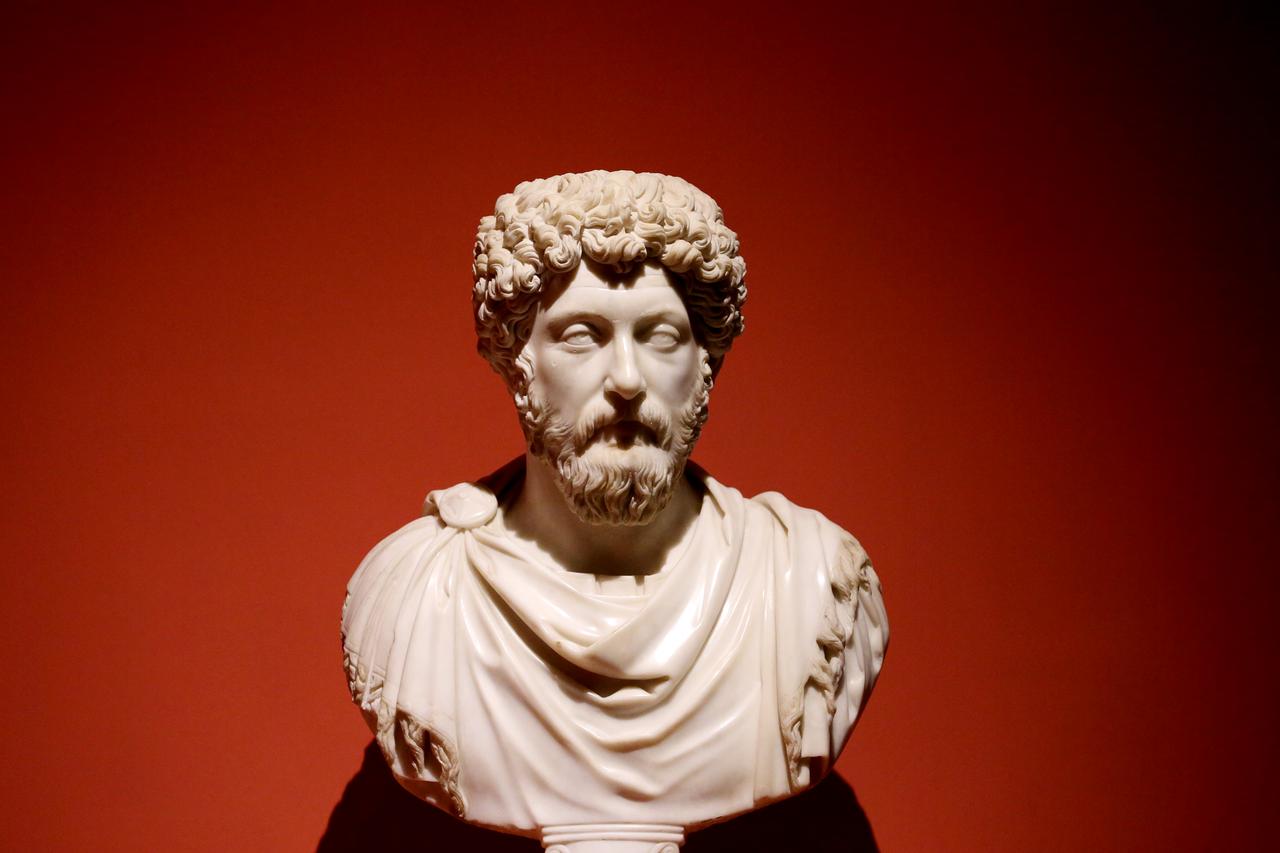
Other must-see artefacts include a bust of Roman Emperor and philosopher Marcus Aurelius found at the Yamacevler excavation, an ivory frieze of Emperor Trajan, and a sculpted head of Eros unearthed on Curetes Street.
In the museum’s central courtyard, visitors can explore exhibits showcasing trade and handicrafts from traditional Turkish settlements. Another section features ancient coins and jewellery made of electrum, gold, silver, and copper, spanning from antiquity to the Ottoman period.
Kaleagasioglu said the museum is divided into themed sections such as “Cesme Findings,” “Yamacevler,” “Ephesus Through the Ages,” “Temple of Artemis Artifacts,” and “Ephesus Artemis and Imperial Cult,” offering a complete experience for history enthusiasts.
He also highlighted the museum’s growing popularity: “In 2024, we welcomed 250,000 visitors. In the first three months of 2025 alone, visitor numbers reached 21,000—a 15% increase over the same period last year.”
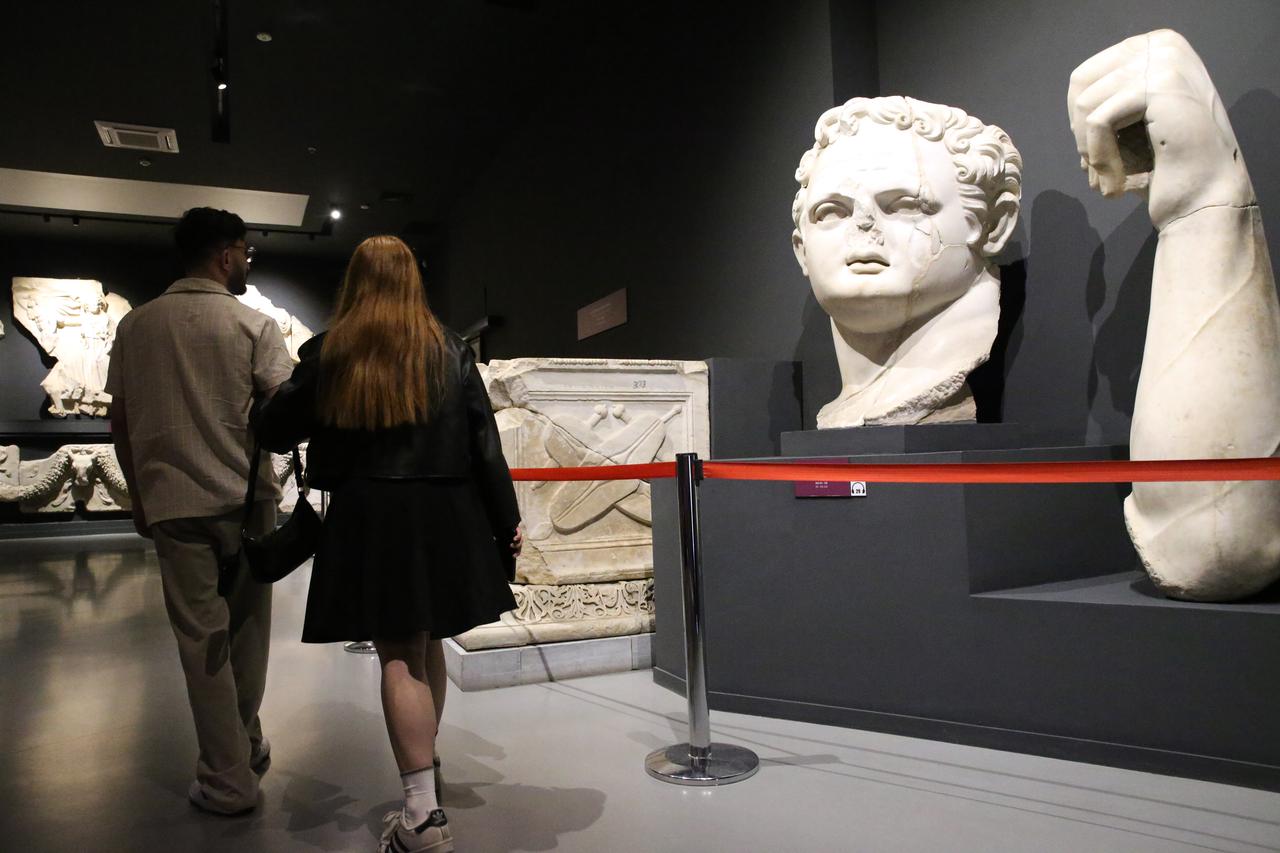
Artifacts from Ephesus and nearby excavations are carefully documented, restored, and preserved before being put on display. Environmental conditions such as temperature and humidity are monitored continuously to ensure the long-term protection of the artefacts.
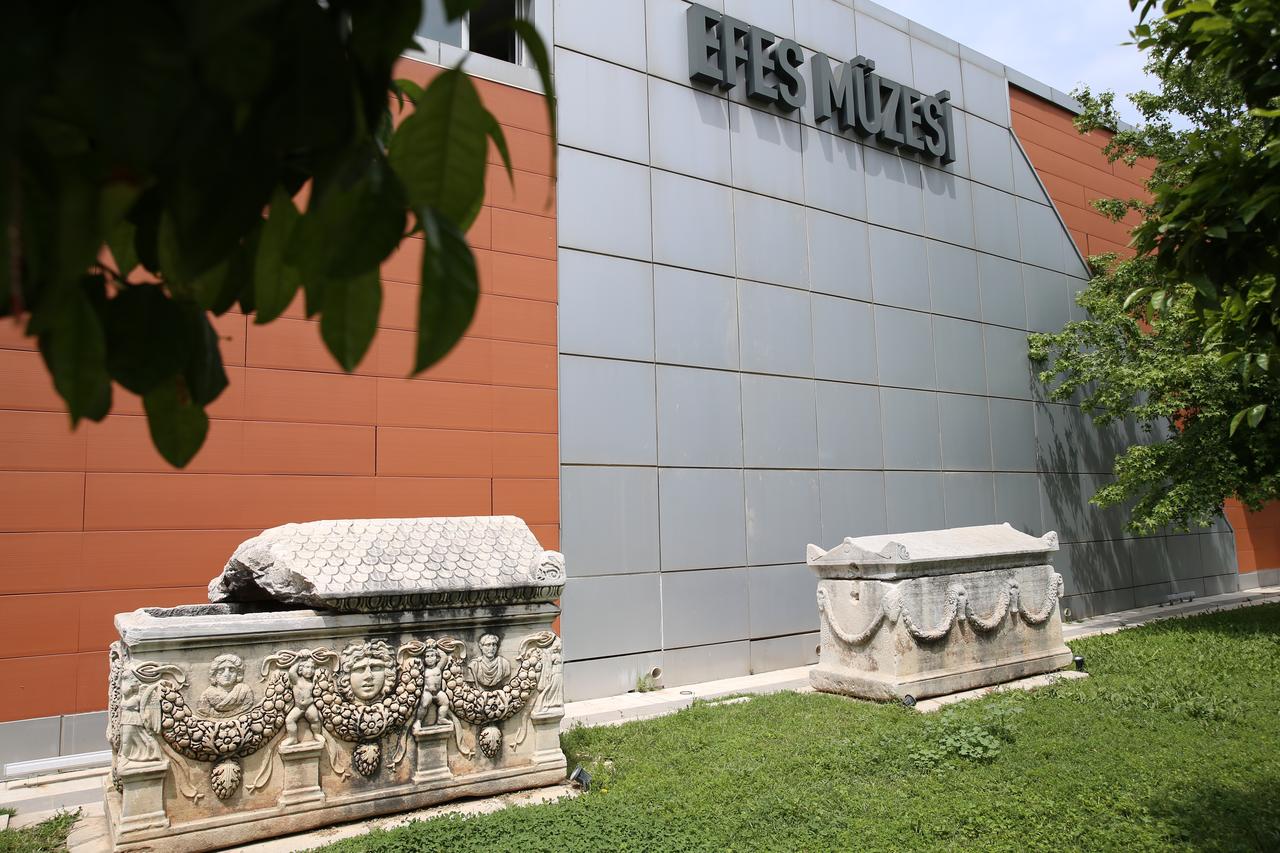
Beginning on 18 May, the museum will also host a special exhibition titled “From Stone Axe to UCAV” as part of the Ministry’s “100+2 Temporary Exhibitions for the 102nd Year of the Republic” project. This unique showcase promises to highlight Türkiye’s technological journey from ancient tools to modern unmanned aerial vehicles.